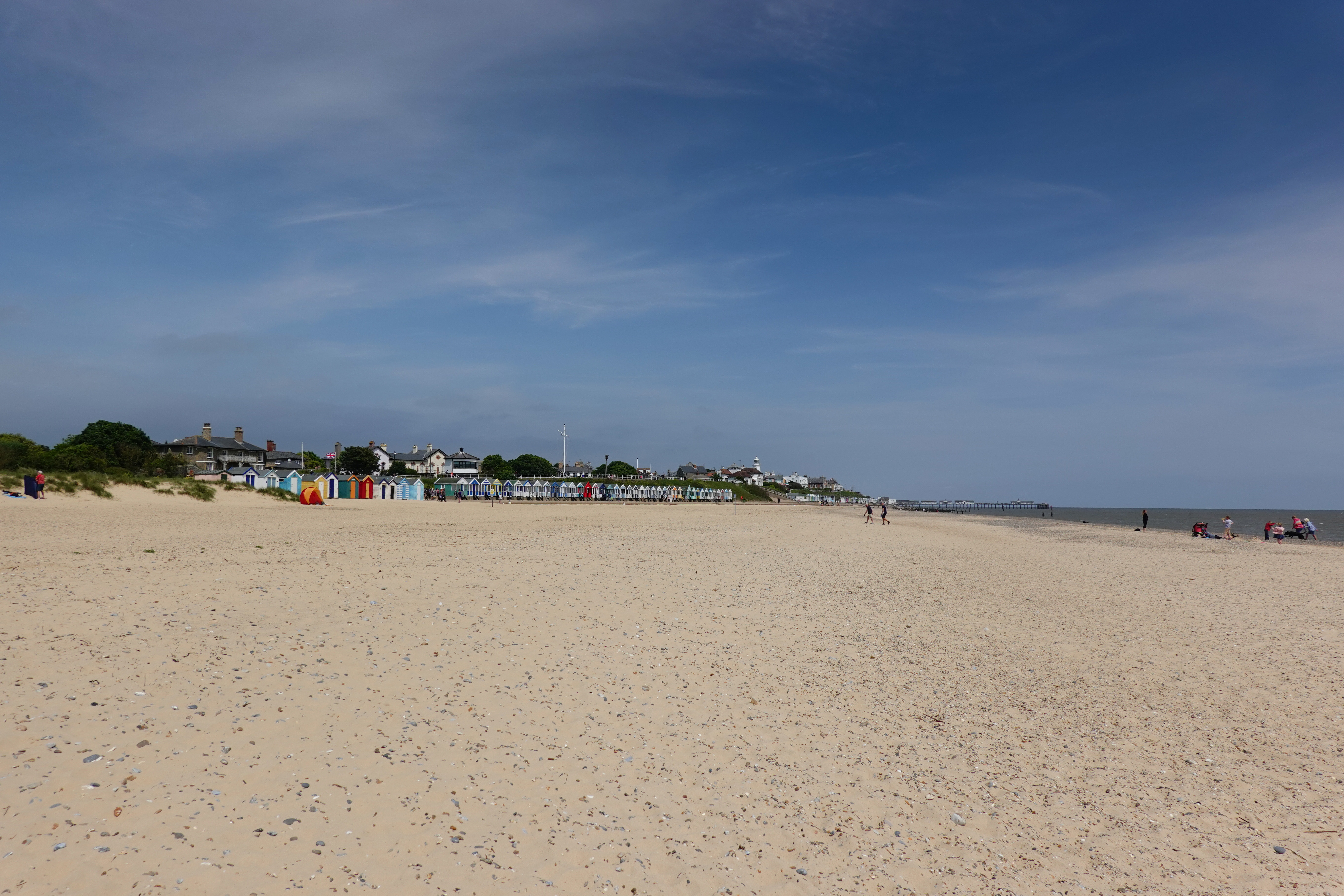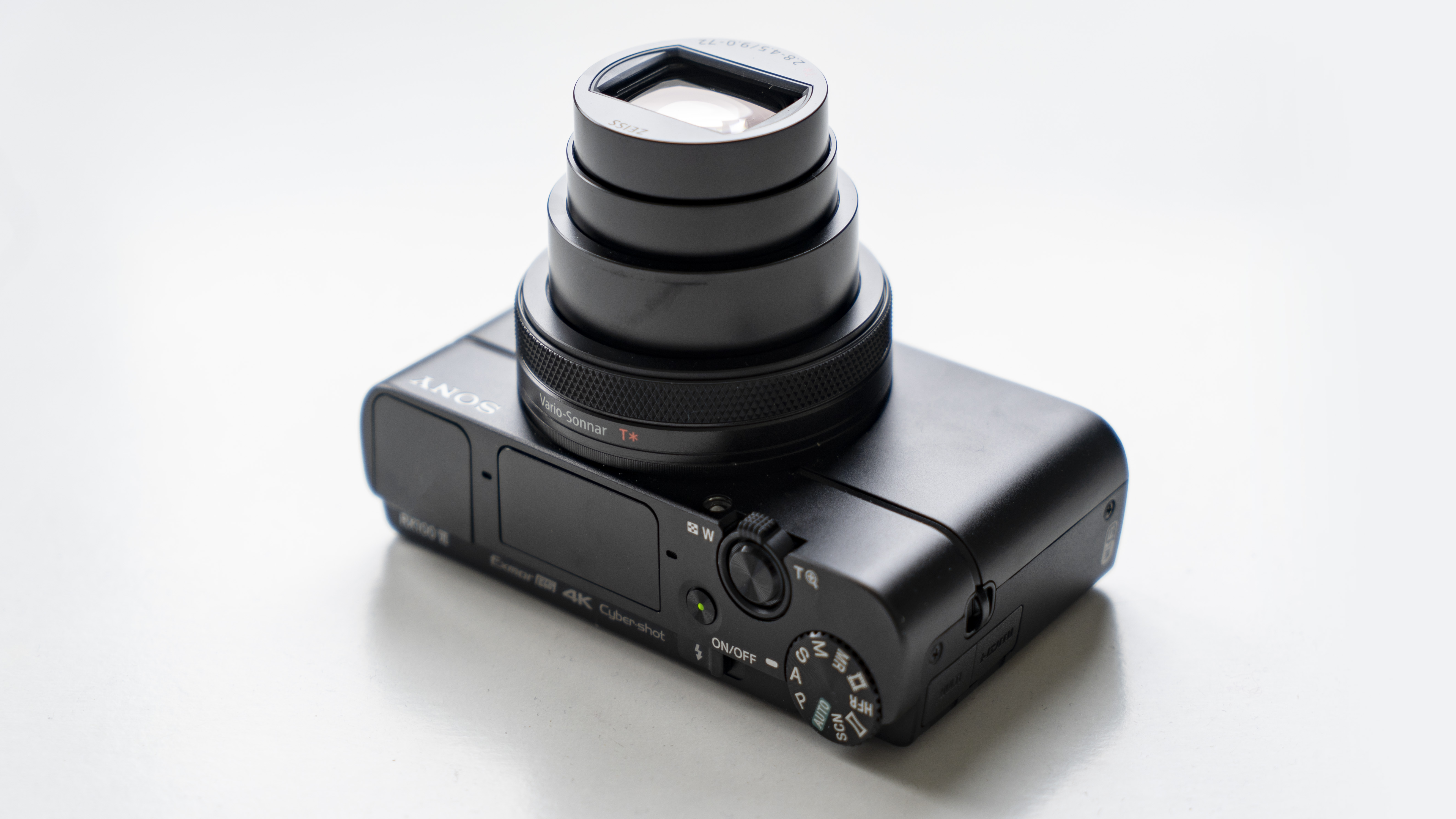TechRadar Verdict
In many respects the RX100 VI is one of the best compact cameras out there. Certainly there's nothing else that can touch it when it comes to performance, while the images from the 20.1 megapixel sensor are excellent. But its strength is also its weakness, with some of the tech that's on tap – and which you're paying a premium for – feeling a little like a sledgehammer for cracking nuts.
Pros
- +
Built-in EVF
- +
Compact design
- +
24fps burst shooting
- +
Sophisticated AF system
- +
Excellent image quality
- +
Advanced 4K video
Cons
- -
Some handling issues
- -
No built-in ND filter
- -
No microphone port
- -
Card slot only UHS-I
- -
Limited touchscreen control
- -
Pricey compared to rivals
Why you can trust TechRadar
The RX100 VI is the latest premium compact camera from Sony. This sixth-generation model is the biggest update we've seen in a while to Sony's growing range of RX100 pocked-sized high-end compacts.
While the last three cameras in the lineup have shared the same lens design, with each iteration mostly only seeing a number of performance boosts and tweaks over previous models, the RX100 VI benefits from a much longer zoom range than its predecessors, making it a potentially much more versatile piece of kit.
Sony has managed to achieve this without impacting on the overall size of the camera – so does this make the RX100 VI the best compact camera? Let's take a look...
Features
- All-new 24-200mm zoom lens
- Touchscreen control is a first for RX100 line
- 20.1MP resolution remains the same
While the RX100 V, RX100 IV and RX100 III all featured a fast Zeiss-branded 24-70mm f/1.8-2.8 zoom lens, this standard zoom range might be a little limiting at the long end for some, and it's all-change for the RX100 VI, with the new camera sporting a new 24-200mm zoom lens with a variable maximum aperture of f/2.8-4.5.
Sensor: 20.1MP 1-inch Exmor RS CMOS sensor
Lens: 24-200mm f/2.8-4.5
Screen: 3.0-inch tilting touchscreen, 921,000 dots
Viewfinder: EVF with a 2.36-million-dot resolution
Burst shooting: 24fps
Autofocus: 315-point phase-detect AF
Video: 4K
Connectivity: Wi-Fi and Bluetooth
Battery life: up to 310 shots
Weight: 301g
The payoff, then, is that while the lens offers considerably more reach over the 24-70mm optic, the maximum aperture available isn't quite as impressive. However, it's not quite as bad as it seems, as it's only a stop slower at f/4 when the lens is extended just beyond 70mm. It compares pretty favorably to rivals such as Panasonic's Lumix ZS100 (known as the TZ100 outside the US), which has a 25-250mm f/2.8-5.9 zoom lens, and the new Lumix ZS200, with its 24-360mm f/3.3-6.4 lens.
To help reduce the effects of camera shake, the RX100 VI features Sony's Optical SteadyShot image stabilization system, which delivers a 4-stop advantage. This means that rather than having to shoot at say, 1/250 sec with the lens fully extended at 200mm, it's possible to shoot at a shutter speed four stops slower, which would be 1/30 sec in this case, and still achieve sharp shots.
It's a bit of shame, though, to see that the built-in neutral density (ND) filter, a feature on previous models, hasn't made it across to the RX100 VI – this means that in some conditions you won't be able to use the lens at its maximum aperture, or drag out the exposure.
Sign up for breaking news, reviews, opinion, top tech deals, and more.


Just like the RX100 IV and V, the RX100 VI features a back-illuminated 20.1MP 1-inch sensor with a clever stacked design, which sees the memory chips built right onto the back of the sensor to deliver incredibly fast readout speeds. However, Sony has upgraded the BIONZ X image processor with a new LSI chip to enhance the performance of the new camera even further.
This means that while the RX100 VI can match the staggering 24fps burst shooting speed of the RX100 V, the buffer has been extended even further to 233 (JPEG) images, compared to 150 shots on the RX100 V – and it'll manage this while shooting with continuous AF and auto exposure.

It's fair to say that Sony has been one of the slowest brands to embrace touchscreen functionality on cameras, but the good news is that the RX100 VI is the first camera in the RX100 series to get this feature. This is means you now have the option to use touch focusing and touch shutter should you wish.
The screen resolution does take a little hit, dropping from 1,299,000 dots to 921,000, but the range of movement of the vari-angle display has improved. While the outward movement of 180 degrees remains the same, the downward movement is extended from 45 degrees to 90 degrees.
The good news, though, is that the EVF no longer needs to be manually extended when you pop it up to use it
The RX100 VI features a similar concealed pop-up electronic viewfinder (EVF) to the one we first saw on the RX100 III, with a 2.36 million-dot resolution and a magnification of 0.59x. The good news, though, is that the EVF no longer needs to be manually extended when you pop it up to use it, with a new mechanism doing this automatically. It may sound like a minor tweak, but it's a welcome improvement over the older design.
If you can get over the fact that the RX100 VI doesn't feature an external microphone port, it doesn't disappoint when it comes to video either. The camera is capable of shooting in 4K up to 30p, with a maximum bitrate of 100Mbps, using oversampled 5.5K footage from the entire sensor, which promises to keep moire to a minimum and avoid the ‘jaggies’ that can sometimes otherwise ruin footage.
If you want to shoot some dramatic slow-motion footage, the RX100 VI can also shoot in 1080p up to an impressive 120fps. The RX100 VI is also the first Cyber-shot camera to offer 4K HDR compatibility, thanks to its new HLG (Hybrid Log-Gamma) picture profile.

Phil Hall is an experienced writer and editor having worked on some of the largest photography magazines in the UK, and now edit the photography channel of TechRadar, the UK's biggest tech website and one of the largest in the world. He has also worked on numerous commercial projects, including working with manufacturers like Nikon and Fujifilm on bespoke printed and online camera guides, as well as writing technique blogs and copy for the John Lewis Technology guide.
